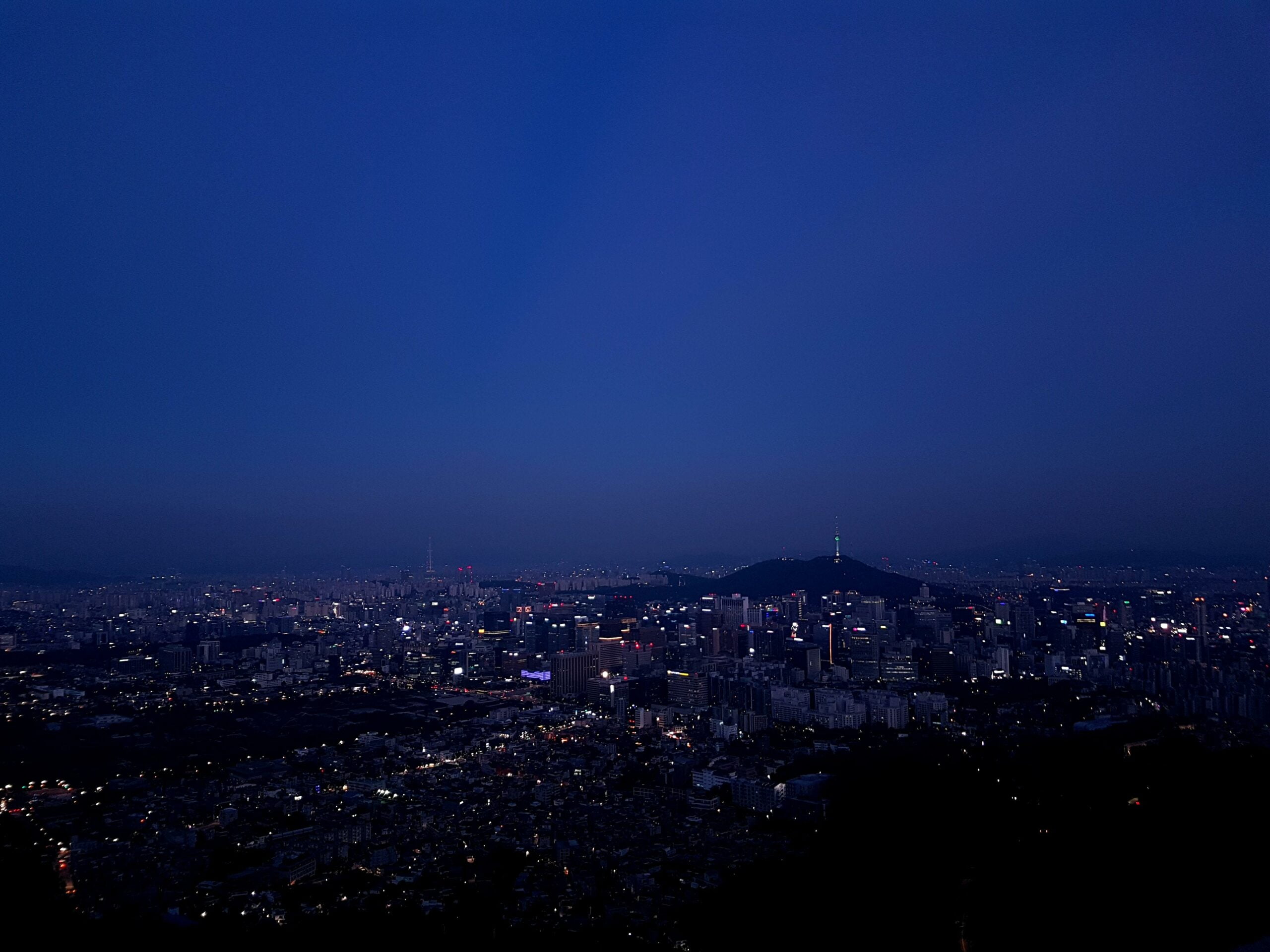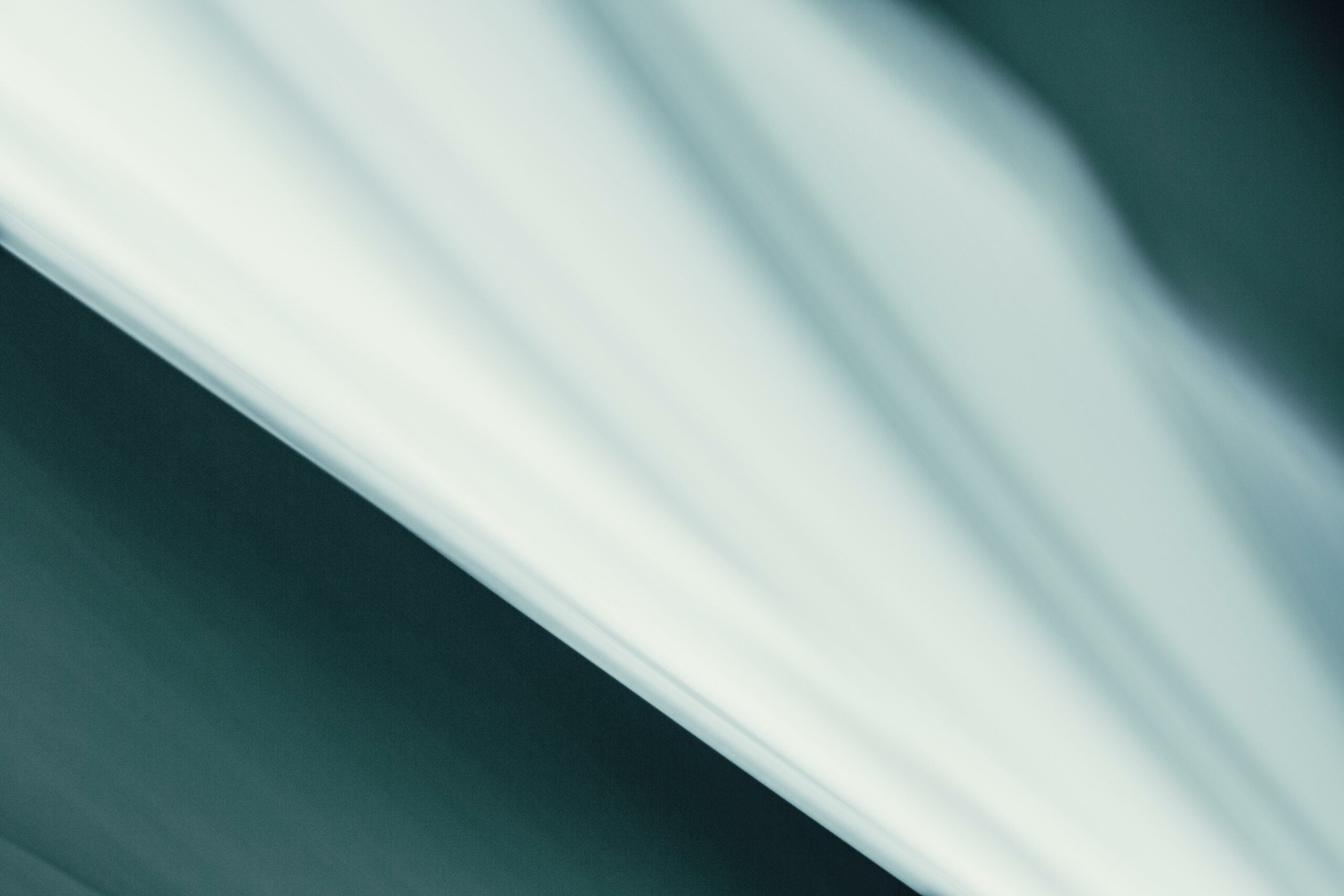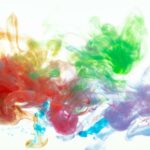Indigo dye, a mesmerizing hue that has graced textiles for centuries, holds within its depths a rich tapestry of history and cultural significance. In this article, we embark on a journey to unveil the secrets of this ancient art of textile coloring. Prepare to be captivated by the allure of indigo as we explore its origins, delve into the intricate techniques behind its creation, and celebrate its enduring influence on global fashion traditions. Join me as we immerse ourselves in the beauty and versatility of indigo dye, unravelling its mysteries one thread at a time.

What Is Indigo Dye
Indigo dye, derived from the leaves of indigo-bearing plants, is a captivating, ancient art of textile coloring that has stood the test of time. Renowned for its vibrant blue hue, this natural dye is not only visually striking but also boasts a rich cultural significance spanning continents and centuries.
Indigo dye holds the esteemed title of being the oldest known natural source of blue dye in the world. From the dawn of civilization, humans have been harnessing the power of indigo to infuse natural fibers with its brilliant blue color. Across diverse cultures, from Mayan and Egyptian to Japanese and Indian, indigo dye found its way into their traditions, fashion, and daily life.
One of the key applications of indigo dye is in the creation of Shibori and tie-dye fabrics, as well as the iconic denim that has become synonymous with blue jeans. The process of dyeing with indigo involves immersing the fabric in a vat of indigo dye, where it undergoes a fascinating chemical transformation. The fabric initially appears green but gradually turns blue as it is exposed to oxygen.
Indigo dye’s primary use is in dyeing cotton yarn, particularly in the production of denim cloth for blue jeans. However, this versatile dye also lends its enchanting blue hue to other fibers like wool and silk. Indigo dye creates a beautiful and enduring color that exudes a sense of timeless elegance.
The ancient cultivation of indigo plants and the extraction of the dye were once a thriving industry in India. It provided a livelihood for many and played a significant role in shaping the country’s history. However, with the advent of synthetic dyes, the indigo industry in India witnessed a decline at the beginning of the 20th century.
Exploring the chemical properties of indigo, we discover that it is insoluble in water and alcohol. Interestingly, indigo dye sublimes at high temperatures, transforming directly from a solid to a gas without passing through a liquid phase. This property contributes to the distinctive character and durability of indigo-dyed fabrics.
When it comes to safety, indigo dye is considered to have low oral toxicity, making it safe for use. This factor, combined with its rich history and captivating blue color, has secured its place as a beloved dye in various fashion traditions around the world.
In conclusion, indigo dye, extracted from indigo-bearing plants, is an ancient art of textile coloring that has persisted throughout history. From its origins in different cultures to its application in Shibori, tie-dye fabrics, and denim, indigo dye is an integral part of the vibrant tapestry of global fashion. Its enduring allure, chemical properties, and cultural significance make it a remarkable testament to human creativity and ingenuity.
“Indigo dye, the oldest natural source of blue, weaves a captivating story that spans continents and cultures, transforming fabrics into timeless works of art.”
Indigo is a fascinating color that has a rich history and significant meaning in various cultures around the world. If you’re curious to learn some intriguing facts about indigo, click here to explore our collection of interesting tidbits and delve deeper into the captivating world of this enchanting hue. You’ll uncover surprising historical anecdotes, discover the symbolism associated with indigo, and even learn about its importance in modern-day industries. So, what are you waiting for? Get ready to be amazed by the wonders of indigo! Facts about Indigo
What Is Indigo Dye? Indigo dye is a vibrant and captivating color that has been used for centuries. Its rich blue hues are synonymous with creativity and individuality. But what exactly is indigo dye, and how is it made? Learn more about this fascinating dye and its history by clicking the link here: What Is Indigo Dye.
In today’s modern world, indigo dye continues to be a popular choice for clothing, home decor, and even artwork. The unique properties of indigo create mesmerizing patterns and depths of color that are unmatched by any other dye. Discover the secrets behind this timeless dye by clicking on this link: What Is Indigo Dye.
Indigo dye has a long and storied past, with its origins dating back thousands of years. Its use can be traced back to ancient civilizations, where it was often associated with royalty and prestige. Unravel the mysteries of indigo dye and explore its fascinating history by clicking on this link: What Is Indigo Dye.
Indigo dye is not just a color; it’s a symbol of self-expression and creativity. It has the power to transform ordinary materials into something extraordinary. Discover the magic of indigo dye and learn more about its unique properties by clicking on this link: What Is Indigo Dye.
Whether you’re a textile enthusiast or simply curious about the world of dyes, exploring the realm of indigo is sure to captivate your imagination. Click the link here to uncover the secrets of indigo dye: What Is Indigo Dye.
FAQ
Q: How is indigo dye extracted?
A: Indigo dye is extracted from the leaves of indigo-bearing plants.
Q: Is indigo dye the oldest natural source of blue dye in the world?
A: Yes, indigo dye is considered the oldest natural source of blue dye.
Q: Which cultures have traditionally used indigo dye?
A: Indigo dye has been used in Mayan, Egyptian, Japanese, and Indian cultures.
Q: What are some common uses of indigo dye in fashion?
A: Indigo dye is commonly used in creating Shibori and tie-dye fabrics, as well as denim. It is primarily used as a dye for cotton yarn, mainly for the production of denim cloth for blue jeans.
Q: Is indigo dye used only for cotton, or can it be used on other fabrics as well?
A: In addition to cotton, indigo dye can also be used for dyeing wool and silk.
















